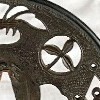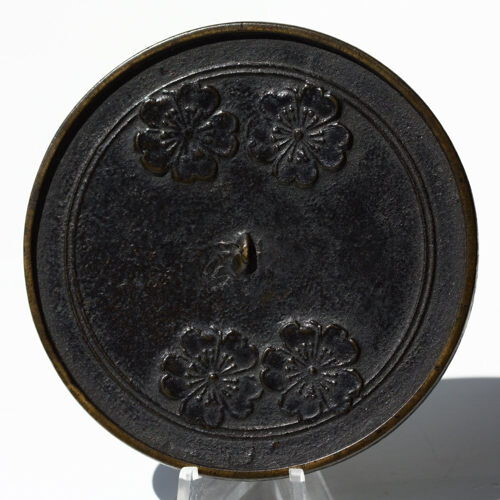Hi,
1.
tosu were knives, not tanto. Never heard they were only womens' wapon...I think they were worn as a set. I think I can recall that Toshiro Mifune, who was playing Makabe Rukurota, a high ranking samurai general in "Hidden Fortress" by Kurosawa, was wearing several tosu, when ha was walking disguised as a peasant. Have a look here: http://books.google.pl/books?id=vFS2iT8 ... es&f=false
2.
hamidachi refers to a type of mounting with a tsuba not much bigger than the seppa
3.
aikuchi - type of mounting, no tsuba, with fuchi flush with the koi-guchi.
4.
tanto - well, any short sword below 30 cm cutting edge was a tanto. It could be aikuchi, hamidachi, yoroi-doshi (armor piercer, refers to thicknes of the tanto), kaiken (short tanto worn mostly by women), etc...
5.
katakiriha zukuri - a form of the blade (see: http://www.ksky.ne.jp/~sumie99/styles.html)
Hope that helps



